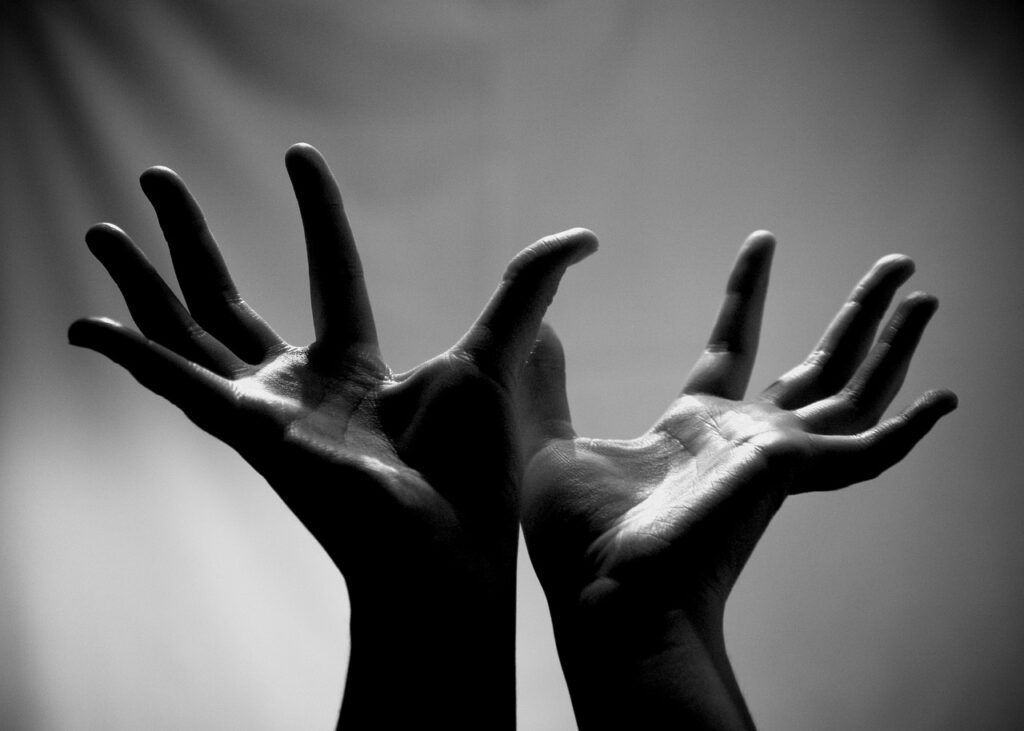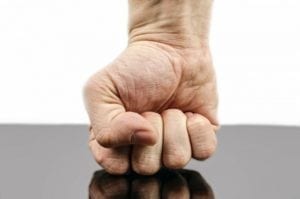It all began at a movie theater.
Kurt Harrington and his father were leaving the theater when his father decided to hold the door open for some others. Someone knocked into the door and Mr. Harrington’s hand was pushed into a bit of an odd position. A few weeks later, his hand began cramping; shortly after, he began experiencing thickened skin and extreme hand sensitivity.
It took years before the family received a diagnosis: Dupuytren’s contracture, also known as Dupuytren’s disease or palmar fibromatosis.
When Kurt’s symptoms began appearing at age 37, he initially didn’t consider Dupuytren’s contracture, shares an article in The Coast News. Unlike his father, Kurt’s symptoms began appearing in his knuckles. As his condition progressed, it became clear that Kurt also had Dupuytren’s contracture. Kurt – a husband, father, guitarist, triathlete, and youth football coach – was unwilling to sit back and let the symptoms overcome his life. He had been working in the biopharmaceutical industry for years.
Suddenly, a lightbulb moment: Kurt could apply his industry knowledge to launch his own venture designed to advance research and further treatments for people with Dupuytren’s. He has already had experience with a multitude of existing treatments. As explained on the Ventoux Biosciences website, Kurt explains:
I have completed three hand surgeries (2 needle aponeurotomy, 1 open) and three courses (30 treatments) of targeted radiation therapy in an effort to keep my Dupuytren’s at bay. I am deeply thankful for my care team and the treatments I have received [but] significant unmet medical needs remain…and novel treatment options are deeply warranted.
As he further explains, these treatments tend to be temporary and the fibrotic tissue eventually returns within a few years.
It has now been just over one year since he began Ventoux Biosciences, a pharmaceutical company that aims to acquire, in-license, develop, and commercialize products for Dupuytren’s contracture and other fibroproliferative inflammatory conditions. Right now, the company has two products for Dupuytren’s in the pipeline.
Moving forward, Ventoux Biosciences will continue working to identify potential treatments to improve the therapeutic landscape for people living with this condition.
What is Dupuytren’s Contracture?
Dupuytren’s contracture is characterized by a deformity of the hand in which the joints of the fingers may become permanently locked in a flexed position. Balls or knots of fibrous tissue form under the skin. These create a thick, fibrous cord that progressively pulls fingers into a bent condition. It often begins as thickened skin on the palm or hand. While the exact cause of Dupuytren’s contracture is unknown, the condition does often run in families. As a result, many people consider it a genetic or inherited condition. This condition is 4x more likely to affect males than females; it most commonly affects males over 50 years old. In females, Dupuytren’s contracture often appears later in life and is less severe. Typically, it first affects one hand (often the right) but up to 80% of people experience symptoms in both hands after the condition has progressed.
Other symptoms or characteristics may, but do not always, include:
- A firm lump on the palm
- Sensitivity to touch (on the palms/hands)
- Puckered or dimpled skin
- Burning, itching, or inflammation in the affected hand







